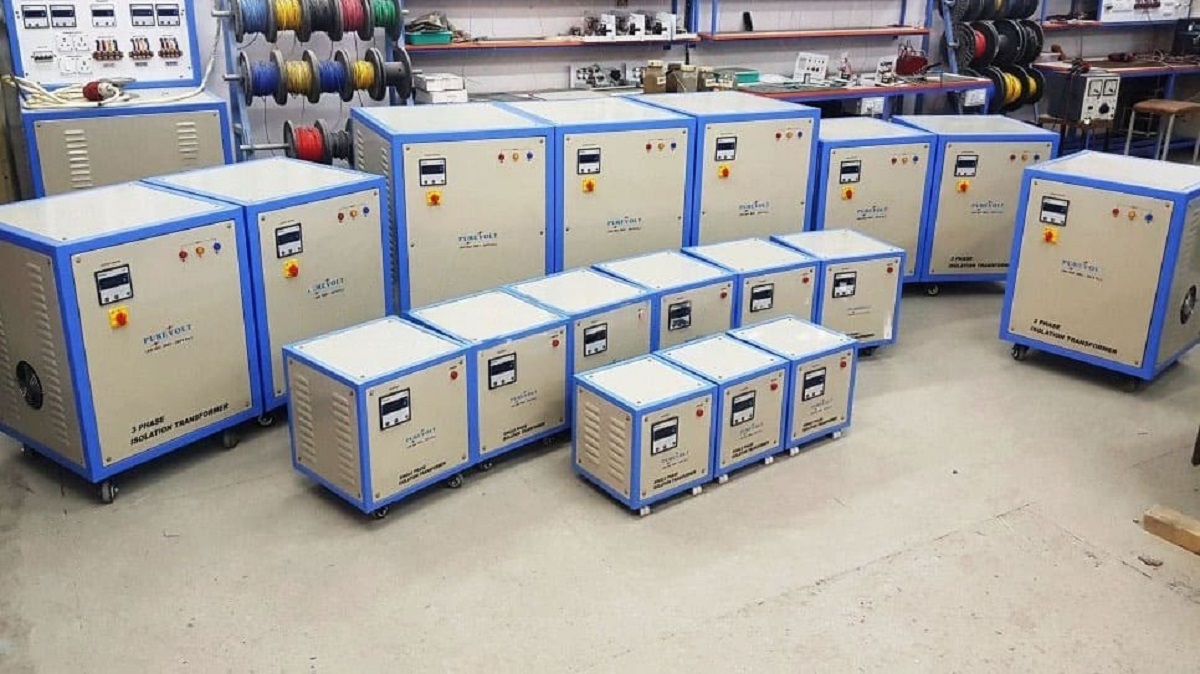Introduction
Have you ever heard about the concept of the paradox of choice? The concept says that you are more prone to confusion and unable to make a decision, especially the right one, when too many options are available.
Today, the Indian market is flooded with options for voltage stabilizers. And consumers are suffering from the paradox of choice. But worry not, we got you. This article will guide you in making an informed selection of a servo stabilizer.
Understanding your needs:
Before making any decision, you must first figure out your requirements for servo stabilizers. Here are some of the common requirements of Indian consumers:
Single phase/Three phase: Most households in India have single phase connections, so single phase stabilizers are operational for houses in India. In some cases where three phase connections are applied, three-phase stabilizers could be installed. You can contact a technician to figure out the kind of connections your house, office, or industry needs to buy a compatible stabilizer.
Power Rating (KVA): A power rating is an estimate of the load on a device. It is usually mentioned on the sticker of the appliance or in the user manual. Sum up the total power ratings (KVA) of all devices you want to connect to the stabilizer. The capacity of the stabilizer to handle the load must be at least 20 percent greater than the total power ratings of all your machines.
Voltage Fluctuation Range: The best stabilizers have the capacity to handle a wider range of voltage inputs. The wider the range it can manage, the better it is. Usually, the input voltage range in India is 140V to 290V. With the assistance of a technician, make sure that the stabilizer you are installing can manage the voltage variations in your area.
Essential Features to Look For:
After analysing your requirements, you can now move on to some features of an ideal stabilizer:
Digital Meter: It shows how the stabilizer is performing. It also allows you to detect any potential issues with performance by displaying input and output voltages.
Copper Winding: The copper winding is better than the aluminium winding in the stabilizers. It has better durability and conductivity.
Auto Cut-Off: This feature protects the devices from damage caused by a sudden surge or dip in the voltage level. The moment the voltage level crosses the safe limits, the stabilizer disconnects the output voltage.
Time Delay: Rapid power off and on can reduce the life span of the stabilizer. Built-in time delay features prevent your stabilizer from rapidly turning off or on during voltage fluctuations, thus making it durable.
Warranty: This is the most crucial feature of the stabilizer. Find a stabilizer that comes with a good warranty period so you can easily get it repaired and replaced when needed.
Some more considerations:
Wall mounting or Floor standing: If you don’t have enough space to install the stabilizer you can get it mounted on the wall. Otherwise, you can get it placed on a floor stand. Usually, residential and office setups have wall-mounted stabilizers while floor-standing is seen in industrial setups.
Noise level: Always choose a stabilizer with minimum noise while operating. Too much noise can distract people from work and disrupt their productivity. Get low-noise stabilizers especially when it comes to healthcare setups.
Brand Reputation: Well-established manufacturers and brands don’t compromise on the quality of their products. You should go through as many customer reviews as possible before buying the stabilizer. Buying stabilizer from a good brand can ensure user safety and the stabilizer’s durability.
Conclusion:
Voltage fluctuation is very common in India, which makes our critical devices prone to damage. To prevent any damage, we need to connect all devices to a servo voltage stabilizer. It regulates the voltage fluctuation and gives our devices a stable power supply.
But the main issue is the paradox of choice due to the myriads of options in the market. We need to consider some vital points before making an informed decision.
First, we have to consider our requirements for the stabilizer. Whether we are buying the stabilizer for residential purposes, office setups, or industrial areas, most houses in India have single-phase connections, and single-phase stabilizers suit them. Some houses with three-phase connections may use three-phase stabilizers.
Other important factors are power ratings and voltage fluctuation ranges. The greater the capacity to handle the load of the stabilizer the better. Also, stabilizers with a wide input range of voltage are a better choice.
Lastly, consider features like a digital meter, winding metal, auto-cutoff, time delay, warranty, etc. essential to your servo stabilizers. Some additional considerations to be made before buying stabilizers are noise level, brand, and mounting style.

